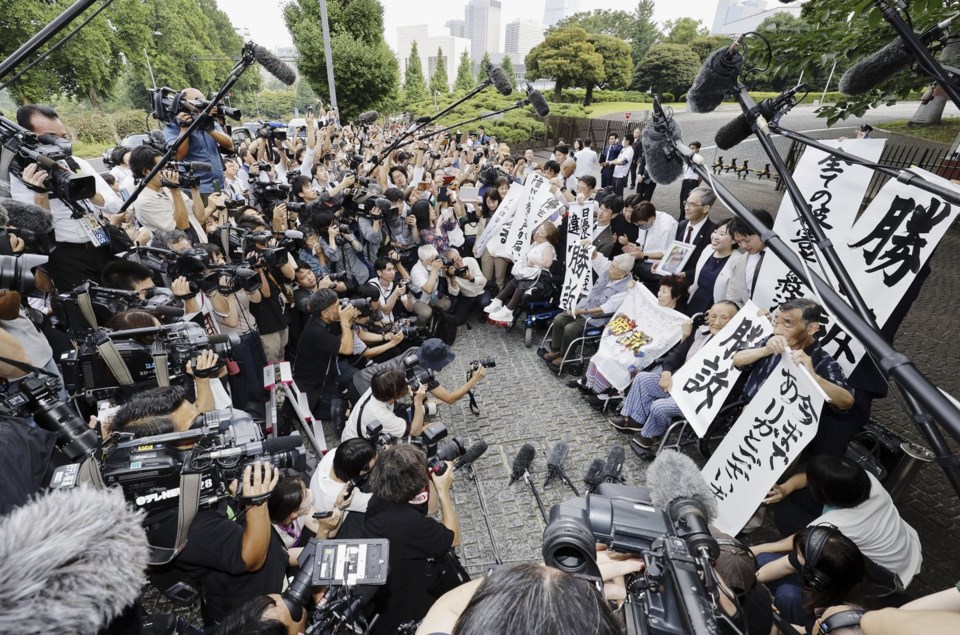
An important part of managing seasonal allergies in a child is first knowing what allergens affect him/her. Common among these triggers are pollen from trees, grasses, and weeds, and mold spores. Tree pollens are prevalent in spring, while grass pollens are more common in late spring and early summer.
New Delhi: Seasonal allergies in children can strike at any time of the year, depending upon the allergy triggers in the environment. However, they seem to hit more frequently during certain seasons when some specific allergies are more prevalent. Ever wondered what you can do to identify these seasonal allergies in children? Read on to find out what a paediatrician has to say about the same.

In an interaction with News9Live, Dr Santosh N, MBBS, MD, Senior Consultant – Neonatology & Pediatrics, Jayanagar, Bangalore, shared some basic tips on identifying and treating seasonal allergies in children. Ways to identify the triggers of seasonal allergies An important part of managing seasonal allergies in a child is first knowing what allergens affect him/her. Common among these triggers are pollen from trees, grasses, and weeds, and mold spores.
Tree pollens are prevalent in spring, while grass pollens are more common in late spring and early summer. Mold spores, however, do thrive in moist environments and hence could stay throughout but are usually rampant in the fall. Parents should monitor environmental factors that trigger allergic reactions in their kid and discuss them with .















